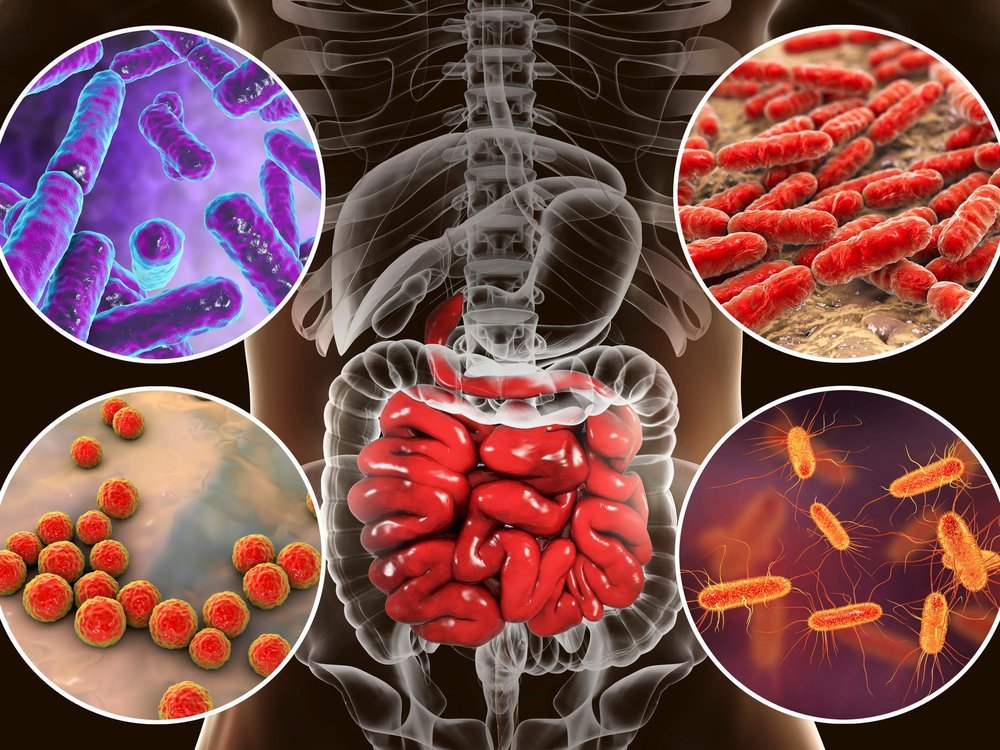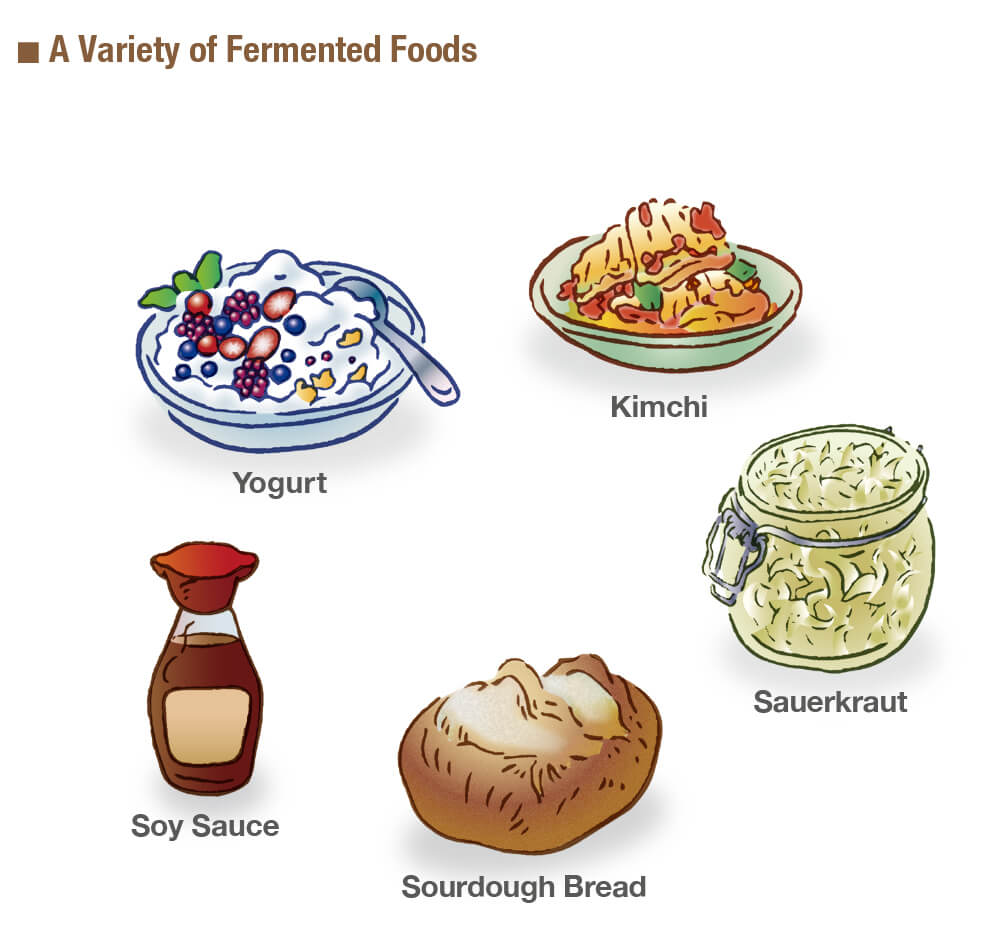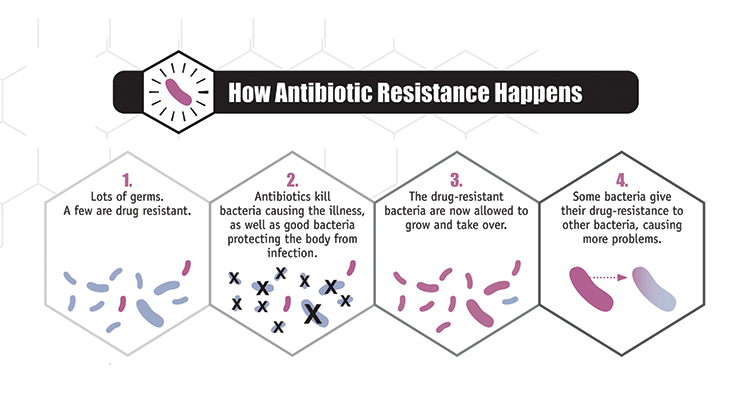Bacteria and Humans Study Guide
Introduction
A large number of additional bacterial species are also involved in the transmission of human diseases and the ones already mentioned. On the other hand, all bacteria do not pose the same threat to human health in the same way. Contrary to popular belief, many of the trillions of bacteria that live in or on the human body would perish if they were not present in large numbers.
Even though bacteria can be found everywhere, role of bacteria is an essential component of the ecosystem, contributing to the preservation of a healthy and sustainable environment. It is estimated that fewer than a hundred different bacteria species are known to cause illness in humans.
Significance of bacteria to human life
The relationship between bacteria and humans is difficult to understand. One one hand, bacteria make our lives easier, and they do so in various ways. We couldn’t have made it this far without their help. On the other hand, bacteria can cause illness in people.
Germs can bring on a variety of illnesses in humans, including the flu. Among humans’ most common bacterial infections are tuberculosis, pneumonia, typhoid, tetanus, and other bacterial infections. Pathogenic bacteria are microorganisms that cause various illnesses in humans and are known as such. Because of the intrinsic immunity provided by the body’s defense system, we can promote the growth of a wide variety of microorganisms in our environment.
Bacteria can infiltrate human tissues and fluids while defending the body’s natural defense systems, biological pathogens are capable of causing illness. They may cause direct cell damage by releasing toxins or interfering with cell function, or they may cause indirect cell damage by inducing an immune response that causes cells to be damaged in the first place.
Let’s take a closer look at the two sides of this coin!
Benefits of Bacteria
Bacteria play an essential role in the overall functioning of the ecosystem:
-
They play a crucial role in the decomposition process. The functioning of the carbon and nitrogen cycles is dependent on them.
-
There are billions of bacteria living in the human intestines, responsible for the digestion of food and other human uses of bacteria.
-
There are a variety of different ways bacteria are helpful to humans, including digestion of food, vitamin production, and the production of hormones.
-
A variety of beneficial uses of bacteria include:
- Producing ethanol and enzymes
- Pharmaceutical manufacturing, which specializes in the manufacture of medicines and vaccines
- Biogas production, such as methane production
- Oil spill clean-up and hazardous waste debris removal
- Gene therapy
- Fermentation of daily foods humans consume
Bacterial Contamination
The number of bacteria in the human body is ten times the number of human cells, and the majority of these germs are entirely safe. That being said, bacteria may also be a disease-causing agent.
-
Tetanus, syphilis, and food poisoning are only a few examples of bacteria-related disorders. Bacteria may transmit from one person to another without the need for contact, and it is possible to disseminate them via touching, coughing, or sneezing, among other methods. They may also be transmitted by food, drink, and other items.
-
Using vectors is another method by which bacteria and other infections may spread. A vector is an organism responsible for transmitting diseases from one host to another. Insects are the most prevalent carriers of illnesses that affect humans.
-
Ticks are known to transmit germs that cause Lyme disease. Deer flies are vectors for the transmission of bacteria that cause tularaemia. Humans have unintentionally introduced several new bacterial illnesses into the world. When individuals come into touch with wild populations, they risk becoming a part of the natural cycle of disease transmission that occurs.
- In the case of Lyme disease, it is caused by bacteria that generally infect tiny, wild animals, such as mice, and spread through their bodies. When a tick bites a mouse, it takes germs from the mouse. If a person enters the tick’s everyday environment, the tick may bite the human. Bacteria are conveyed to the human host by the bite of the mosquito.
Bacterial Control
- Generally, heating food or water to a high temperature (at least 74°C, or 165°F) will eradicate germs.
- Depending on the scenario, bacteria may be killed on several surfaces using chlorine bleach or other disinfectants.
- Antibiotics are effective in treating bacterial infections in humans. For instance, if you had a ‘strep’ throat, you were probably prescribed an antibiotic to treat the illness.
Antibiotics have been instrumental in saving a large number of lives. On the other hand, antibiotic resistance in bacteria has developed due to pharmaceutical abuse and overuse. Certain bacteria have evolved resistance to the majority of antibiotics now in use. These infections are complicated to treat.
Conclusion:
- Bacteria and humans have several crucial connections. Bacteria provide various functions in the human body, and they also cause human illnesses.
- As a counterpoint, many species have coexisted happily with humans for tens of thousands of years to serve vital roles in digestion and immune system support.
- The human microbiome is made up of trillions of microorganisms that live in and on our bodies.
- Certain microbial species are present in all individuals, but not everyone has the same microbial mix.
We hope you enjoyed studying this lesson and learned something cool about Bacteria and Humans! Join our Discord community to get any questions you may have answered and to engage with other students just like you! Don’t forget to download our App to experience our fun, VR classrooms – we promise, it makes studying much more fun! 😎
FAQs:
1. Why are bacteria important to humans?
It helps us digest food, absorb minerals and eliminate poisons. They also defend the colonized surfaces from diseases by releasing antimicrobial compounds.
2. How do bacteria interact with humans?
Endosymbiosis. Microbes may endosymbiosis with more enormous creatures. For instance, gut bacteria help maintain human wellbeing by producing vitamins like folic acid and biotin and fermenting complicated non – digestible carbs.
3. Are bacteria harmful to humans?
Some bacteria in your body are helpful and do not cause damage to your health. Dexterity, illness prevention, and nutrition are all benefits of Lactobacillus acidophilus.
4. What are five diseases caused by bacteria?
- Tuberculosis
- Anthrax
- Tetanus
- Leptospirosis
- Pneumonia
- Cholera… to name a few.
5. What are the five characteristics of bacteria?
- Bacterial cells are alive.
- Bacterial cells are comparable to human cells, yet they also vary.
- The absence of membrane-bound organelles
- The presence of a single cell
- The presence of a tiny (typically microscopic) size
6. Where are the most bacteria found in the human body?
Bacteria dwell on the epidermis, the nostrils, esophagus, mouth, genitalia, and stomach. The bulk of bacteria in the human body reside in the gut, and countless microorganisms live there. The human microbiome includes all bacteria present in the body.
We hope you enjoyed studying this lesson and learned something cool about Bacteria and Humans! Join our Discord community to get any questions you may have answered and to engage with other students just like you! Don’t forget to download our App and check out our awesome VR room for this guide – we promise it makes studying much more fun 😎
Sources:
- Bacteria and Humanshttps://flexbooks.ck12.org/cbook/ck-12-biology-flexbook-2.0/section/7.7/primary/lesson/bacteria-and-humans-bio/ Accessed on 7 Dec 2021
- Microbes in Human Welfarehttps://mycbseguide.com/blog/microbes-human-welfare-class-12-notes-biology/ Accessed on 7 Dec 2021



